“So far, so good,” Mick Schumacher said Monday.
That’s how the son of legendary Formula One champion Michael Schumacher described his first NTT INDYCAR SERIES experience driving on the Indianapolis Motor Speedway road course in…

“So far, so good,” Mick Schumacher said Monday.
That’s how the son of legendary Formula One champion Michael Schumacher described his first NTT INDYCAR SERIES experience driving on the Indianapolis Motor Speedway road course in…

Half centuries from Chloe Tryon and Marizanne Kapp guided South Africa to a thrilling three-wicket victory over Bangladesh at the ICC Women’s Cricket World Cup 2025 in Visakhapatnam on Monday.
In pursuit of 233 at the Dr YS Rajasekhara Reddy…

According to Rob Seaman, chief product officer of Slack at Salesforce, the new AI functions will be operating within Amazon Web Services’ virtual private cloud, “meaning that no data leaves the firewall,…

A last-minute plan by Donald Trump to invite Benjamin Netanyahu to a multinational Gaza summit in Egypt had to be aborted after the Turkish president, Recep Tayyip Erdoğan, said he would not land his plane in Sharm el-Sheikh if the invitation…
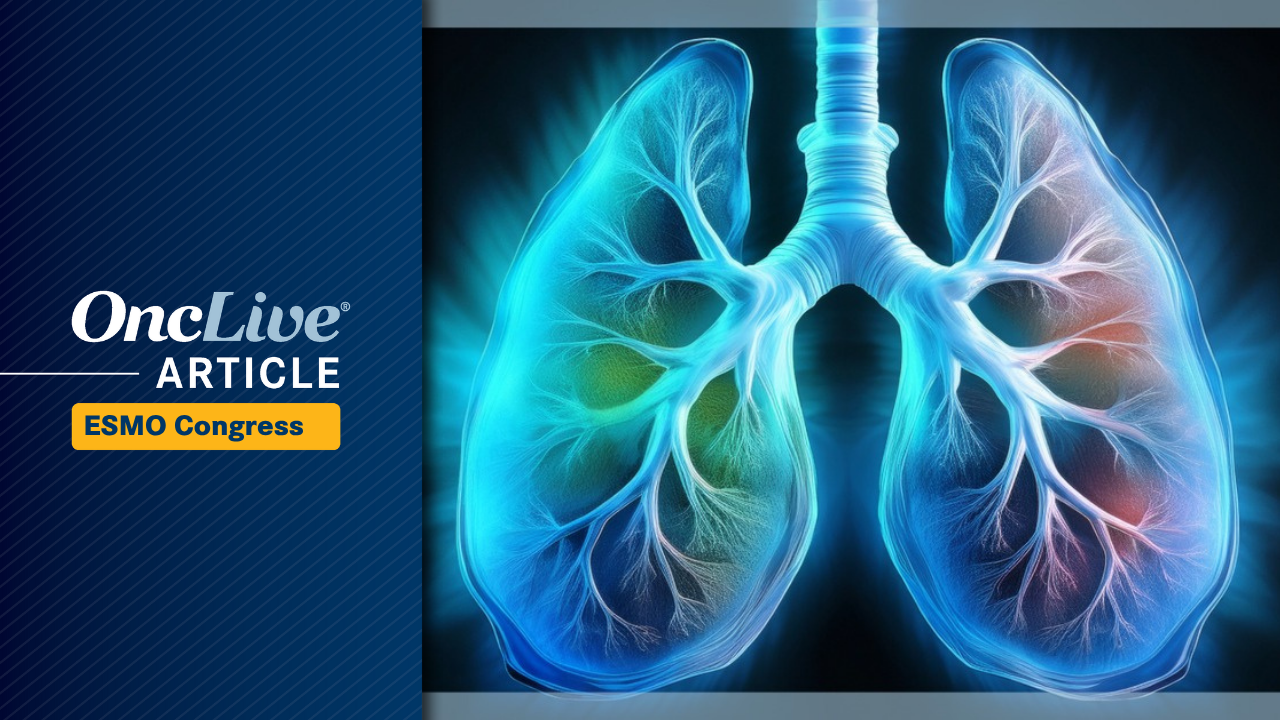
The wait is almost over. The
As the global oncology community turns its focus to Berlin, Germany, for the start of the 2025 ESMO Congress on Friday, October 17, the meeting is again primed to deliver practice-changing data across various tumor types and specialties.
With this year’s program shaping up to be one of the most comprehensive yet, OncLive® is here to help you navigate a crowded agenda featuring key updates and research across the lung, breast, gastrointestinal (GI), genitourinary (GU), gynecologic, and hematologic cancer spaces.
In anticipation of the congress, we gathered insights from experts in their respective fields, and we also invited the oncology community to vote in a series of preview polls highlighting the most-anticipated abstracts and topics in each tumor type.
Before experts from across the field of oncology converge at the 2025 ESMO Congress, there’s still time to prepare and preview some of the biggest presentations and data that shape the next era of oncology care.
Below, take a look at all of our previews for the 2025 ESMO Congress. Be sure to dive in before the congress kicks off on Friday.
There will be no shortage of anticipated data in the breast cancer space during the 2025 ESMO Congress, with a smattering of late-breaking abstracts and other oral presentations set to dominate the meeting.
“A lot of incredible abstracts and late-breakers will be [presented during] ESMO 2025, [but] there are 2 main categories [of research driving the conversation],” Paolo Tarantino, MD, a research fellow in the Department of Medicine at the Dana-Farber Cancer Institute in Boston, Massachusetts, shared with OncLive. “One, as it often happens, is antibody-drug conjugates [ADCs]. The other hot [topic] is new drugs for hormone receptor–positive breast cancer…[including] CDK 4/6 inhibitors combined with PI3K/mTOR inhibitors.”
Our preview featured insights from Tarantino and the following breast cancer experts:
“The 2025 ESMO Congress will feature multiple late-breaking abstracts that could reshape the lung cancer treatment landscape,” Amol Akhade, MD, MBBS, a senior consultant at Fortis Hospitals Mumbai, consultant medical oncologist at Suyog Cancer Clinics in Thane, and the honorary in-charge consultant medical oncologist at Topiwala National Medical College in Mumbai, India, told OncLive. “Among them, the [trials] that stand out as particularly important [are the phase 3] HARMONi-6 [NCT05840016] and OptiTROP-Lung04 [NCT05870319] trials, as well as the [the phase 1] Beamion LUNG-1 trial [NCT04886804] and [the phase 1/2] SOHO-01 trial [NCT05099172] in the HER2-mutant setting.”
Along with Akhade, our preview featured expert insights from:
“[Something] we have to keep track of as we’re hearing the new data is what trials are currently opening up [for enrollment],” Brian Slomovitz, MD, the director of Gynecologic Oncology and cochair of the Cancer Research Committee at Mount Sinai Medical Center in New York, told OncLive. “We have a whole slew of trials opening up in endometrial cancer, about 9 or 10 randomized, phase 3 trials that were opening up…These are all potentially practice-changing trials. We need to really keep an eye on where the data is going and what the new studies are that are coming out that’ll help us do what’s better for our patients.”
Our expert-led gynecologic cancer preview also featured insights from:
“We’re all looking forward to data with immuno-oncology [IO] and VEGF [inhibitor] combinations that might be coming out,” Kanwal P. S. Raghav, MBBS, MD, a professor in the Department of Gastrointestinal Medical Oncology in the Division of Cancer Medicine, associate vice president of the Department of Ambulatory Medical Operations, and executive medical director of the Department of Ambulatory Treatment Centers at The University of Texas MD Anderson Cancer Center in Houston, told OncLive. “There are data on multiple antibody-drug conjugates with colorectal expansions that are coming forward, [including] data on HER2 and the long-term outcomes for the now FDA-approved fam-trastuzumab deruxtecan-nxki [Enhertu] in CRC. It’s going to be an exciting ESMO.”
Along with Raghav, our exclusive expert preview featured insights from:
“[At the 2025 ESMO Congress,] there will be many exciting abstracts in [GU oncology], so it is difficult to pick just a handful. In the frontline settings, we are in need of novel agents to improve the rate of durable responses. Kidney cancer is still in need of predictive and prognostic biomarkers, and there is much interesting work being done in this space,” David A. Braun, MD, PhD, an assistant professor of medicine (medical oncology) and Louis Goodman and Alfred Gilman Yale Scholar at Yale Medical School in New Haven, Connecticut, explained.
For the GU oncology preview, Braun’s insights were accompanied from perspectives from:
Although the 2025 ESMO Congress program is driven primarily by data, abstracts, and presentations surrounding solid tumor management, the congress will feature a spread of updates and data emerging from the hematologic oncology landscape.
Read our preview and poll results above to see what hematologic oncology topics made the cut for ESMO 2025 before this field turns its attention to the
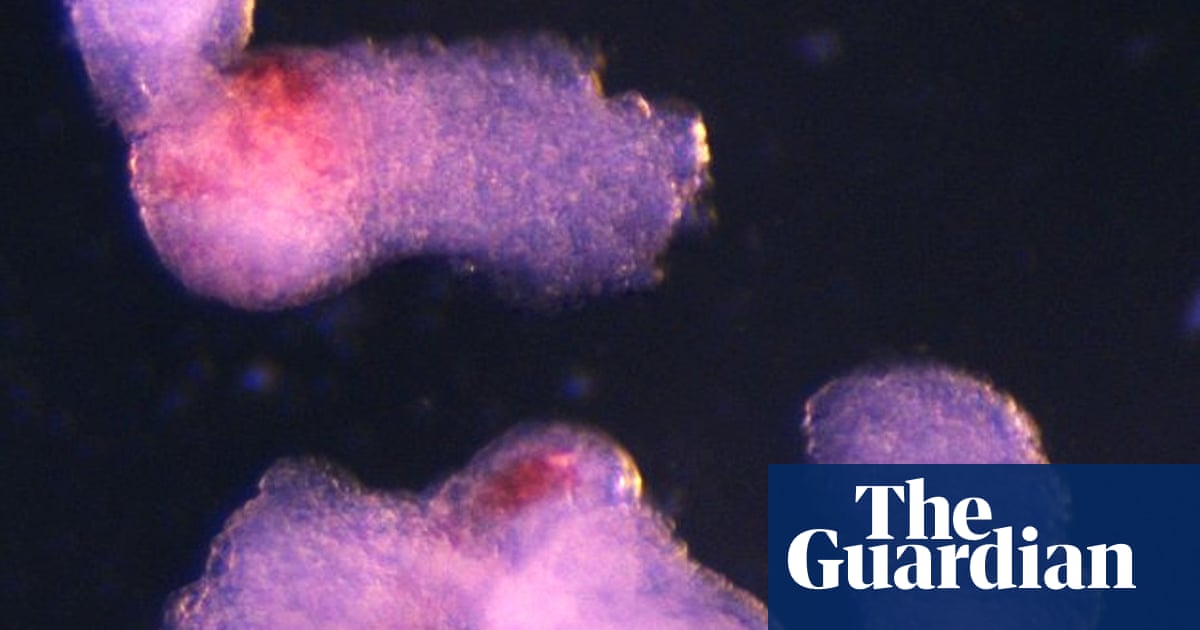
Scientists have grown embryo-like structures in the laboratory that produced human blood cells, raising new possibilities for regenerative medicine.
The ability to generate blood stem cells in the laboratory may one day make it possible to treat…
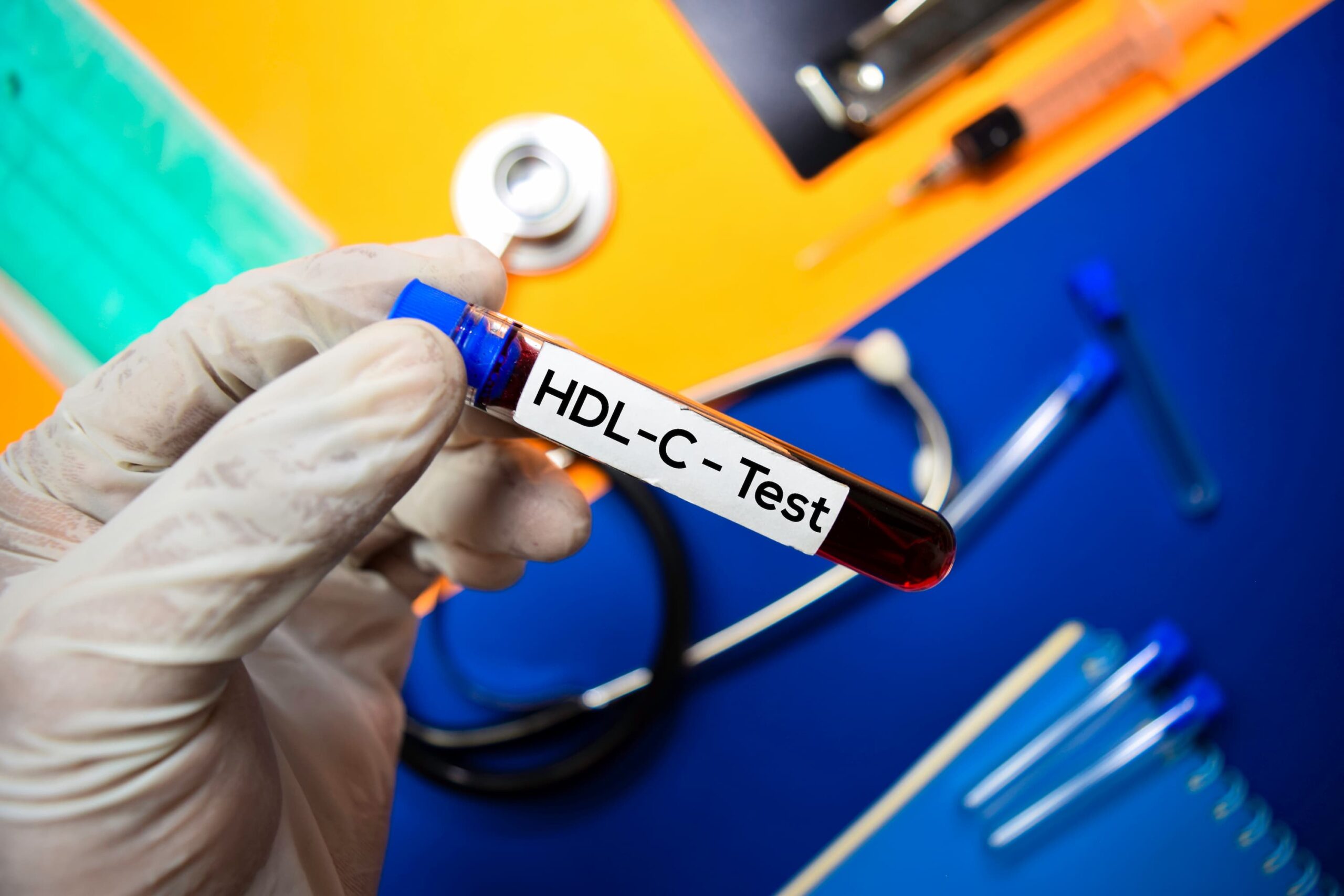
Ratio of high-density lipoprotein cholesterol (HDL-C) to low-density lipoprotein cholesterol (LDL-C) (HDL-C/LDL-C) can be used to predict the prognosis of individuals at high risk for cardiovascular disease (CVD) without type 2 diabetes (T2D), with a ratio between 0.3 and 0.5 being the most helpful range for patients in this population, according to new data published by investigators in Chronic Diseases and Translational Medicine.1
Lipid management is a hallmark of CVD prevention and can improve patient prognosis. Patients with T2D have an especially heightened risk of CVD morbidity and mortality and has been directly linked to lipid metabolism. It is essential to identify more valuable lipid indicators for prognosis improvement and primary prevention.1,2
Accordingly, studies have affirmed that extremely high HDL-C and excessively low LDL-C can increase the risk of adverse prognoses, highlighting the potential role of the HDL-C/LDL-C ratio as a marker of cholesterol control. Controlling HDL-C/LDL-C ratio can be used to prevent coronary heart disease and stroke, with studies indicating that mortality from such diseases is lowest when HDL-C/LDL-C ratio is between 0.4 and 0.6. Critically, the ratio has been shown to be a more accurate predictor of clinical disease compared with individual lipoprotein levels.3-5
There is a lack of existing research on the HDL-C/LDL-C ratio, especially in populations at high CVD risk. Furthermore, there is limited data on whether such a ratio could be a reliable prognostic biomarker in populations with high CVD risk who both do and do not have T2D. The current authors aimed to address the association between HDL-C/LDL-C ratio and adverse prognoses in populations at high risk for CVD, while comparing its usefulness between populations with and without T2D.1
This analysis was based on the Fujian Cardiometabolic Diseases and Comorbidities Cohort trial (NCT06102187), which was an observational study conducted between 2017 and 2021 to assess CVD risk. Associations between HDL-C/LDL-C ratio and all-cause mortality were analyzed using restricted cubic spline curves (RCSs), and the investigators then categorized patients into 3 groups using thresholds of 0.3 and 0.5 for low HDL-C/LDL-C (less than 0.3), middle (HDL-C/LDL-C, between 0.3 and 0.5), and high HDL-C/LDL-C (more than 0.5).1
A total of 32,609 participants were included in the cohort. Based on the RCS analysis, a nonlinear U-shaped relationship between HDL-C/LDL-C and the participants’ all-cause mortality was identified. Compared with the other groups, the RCS analysis indicated that the middle group had the lowest all-cause mortality risk. Kaplan-Meier survival analysis revealed that cumulative all-cause mortality rate was higher in the low and high groups than in the middle group (P < .05), which was verified by a Cox proportional analysis.1
Additionally, the risk of all-cause mortality (hazard ratio [HR] = 1.40 [95% CI, 1.08—1.82], P < .05 for low; HR = 1.41 [95% CI, 1.15—1.71], P < .01 for high) was greater in the low and high groups than in the middle group in the univariate analysis. When the investigators controlled for covariates, the risk of all-cause mortality (HR = 1.48 [95% CI, 1.14—1.93], P < .01 for low; HR = 1.30 [95% CI, 1.06—1.58], P < .05 for high) was elevated in both groups.1
The investigators specifically examined associations between HDL-C/LDL-C and all-cause mortality in individuals with and without type 2 diabetes. Kaplan-Meier analyses revealed that the middle group without T2D presented the lowest cumulative all-cause mortality, while no statistically significant differences in all-cause mortality were observed across subgroups in populations at high CVD risk with T2D. Concurrently, Cox proportional hazards regression analysis demonstrated greater risk of all-cause mortality in the low and high ratio groups than in the middle group.1
Because HDL-C and LDL-C are widely available and simple-to-measure biomarkers, pharmacists and clinicians can easily calculate the ratio necessary to determine patient CVD prognosis. It is critical that the authors noted a range of a ratio of 0.3 to 0.5 was the most beneficial for patients, allowing pharmacists to specifically tailor treatment strategies and help patients reach their goals. Above all, another indicator that can provide early intervention in populations at high CVD risk is critical for primary prevention.1
“Maintaining HDL-C/LDL-C ratios within the range of 0.3–0.5 may have clinical significance for cohorts without T2D, whereas its prognostic implications in individuals with T2DM necessitate further exploration,” the study authors wrote in their conclusion.1

Here in New York we’re in the midst of a Nor’easter, but on the other side of the world, at Shanghai Fashion Week, show goers are enjoying a week of steamy temperatures. On the street style front that means mini skirts, sheer dresses, and…
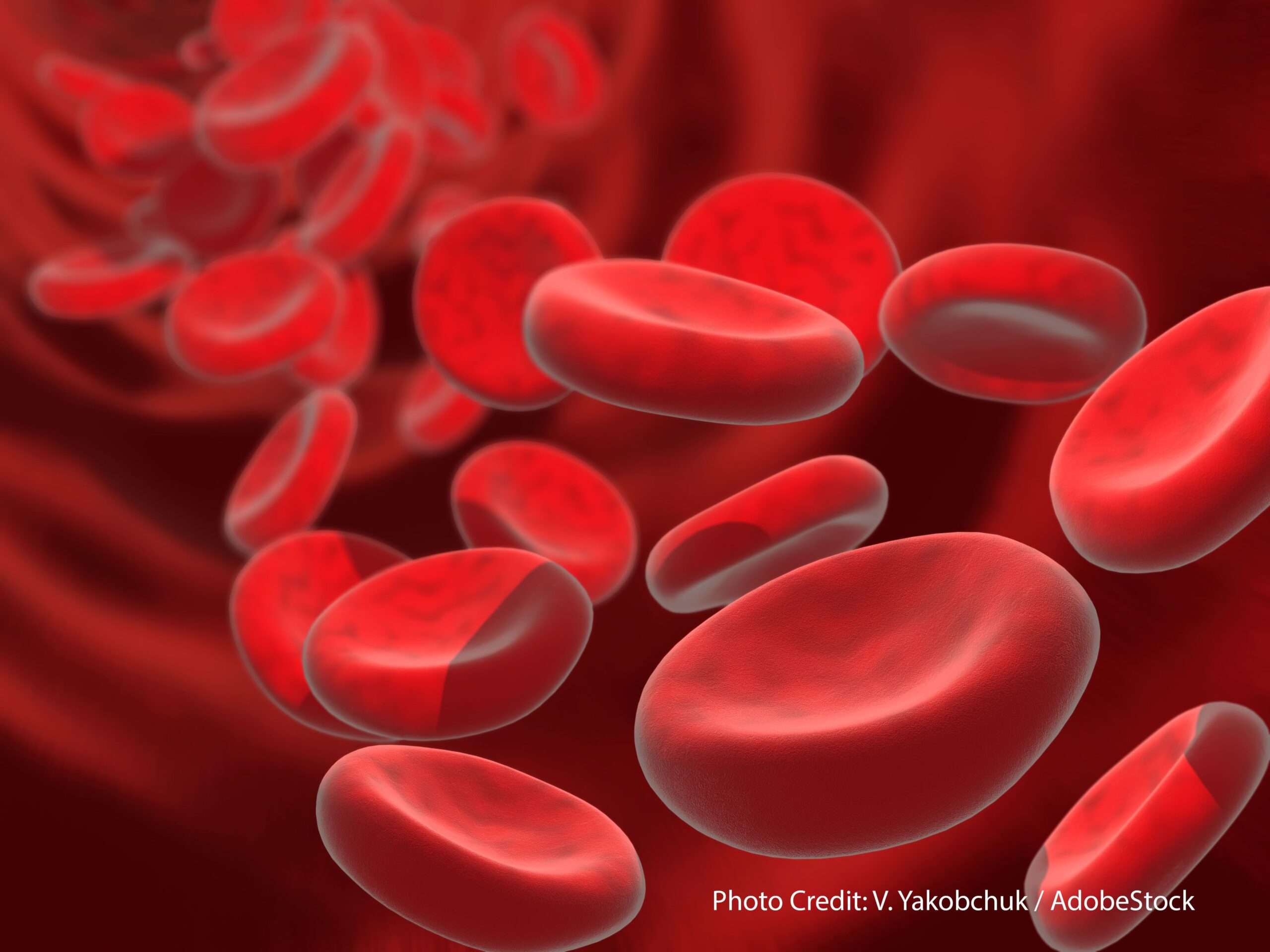
Comprehensive bridging therapy administered prior to anti-BCMA CAR T-cell therapy exhibited safety and tolerability as treatment in a small cohort of patients with relapsed/refractory multiple myeloma from a single institution, according to findings from a retrospective analysis exhibited in a poster presentation at the
Data from the trial revealed that among 19 patients treated with bridging radiotherapy prior to CAR T-cell therapy, no grade 3 or higher toxicities were observed related to the use of bridging therapy. Additionally, 2 patients experienced grade 2 cytokine release syndrome (CRS), and 2 had developed grade 2 immune effector cell-associated neurotoxicity syndrome (ICANS); no grade 3 CRS or ICANS events were observed.
Additionally, efficacy data revealed that the median progression-free survival (PFS) among all patients treated with bridging therapy was 6.8 months after a median follow-up of 8.2 months. The median overall survival (OS) had not been reached. Furthermore, among those who experienced progression, 60% showed no evidence of bone marrow involvement, and all 10 patients developed distant plasmacytopenias.
Among patients who did not have extramedullary disease (EMD), a statistically significant improvement in PFS was observed: the median PFS was 10.4 months vs 6.6 among patients with EMD (P = .006) in a Kaplan-Meier analysis of PFS for EMD. In patients with EMD who received comprehensive vs focal bridging radiation therapy, a nonsignificant trend for PFS favored those who received comprehensive bridging radiotherapy in a Kaplan-Meier analysis of PFS between both modalities. The median PFS was 6.7 months vs 4.4 months in those who received focal bridging therapy (P = .055).
“[Bridging radiotherapy] prior to anti-BCMA CAR T therapy appears to be a safe and tolerable treatment strategy, with no grade [3 or higher] toxicities,” Preston Perez, BA, of the University of South Florida Morsani School of Medicine and the Moffitt Cancer Center, wrote in the presentation with study coinvestigators. “EMD continues to be associated with inferior clinical outcomes. Comprehensive [bridging radiotherapy] to all sites of EMD prior to CAR T may be associated with improved PFS.”
The retrospective analysis included patients with relapsed/refractory multiple myeloma who received bridging radiation therapy within 90 days of CAR T-cell infusion. PFS and OS outcomes were treated using the Kaplan-Meier method from the time of CAR T infusion.
Local failure was defined as recurrent disease within a previously irradiated site, and comprehensive bridging radiotherapy encompassed radiation to all sites of EMD. Toxicities were graded using CTCAE v.5.0 criteria. ASTCT criteria were used for all CRS and ICANS events.
The most common dose and fractionation was 20 Gy in 5 fractions among 6 patients and 8 Gy in 1 fraction among 8 patients.
The investigators sought to ascertain the role of bridging radiation therapy prior to anti-BCMA CAR T cell-therapy by evaluating its efficacy and safety in that indication. They also assessed the local control of EMD and its impact on survival outcomes.
According to the study authors, a phase 2 single arm trial is ongoing to evaluate comprehensive bridging therapy for patients with multiple myeloma with EMD prior to CAR T-cell therapy. A total of 26 patients have been enrolled, all of whom are receiving bridging therapy to all sites of EMD, with a primary end point of 12-month PFS; specifically, an improvement from 25% to 50%. Bridging radiation therapy will be given at 20 Gy in 5 fractions.
Perez PE, Nakashima JY, Peterson J, et al. Clinical outcomes following bridging radiotherapy in relapsed/refractory multiple myeloma patients prior to chimeric antigen receptor T-cell therapy. Presented at: 2025 American Society of Radiation Oncology (ASTRO) Annual Meeting; September 27 – October 1, 2025; San Francisco, CA. Abstract 3705.
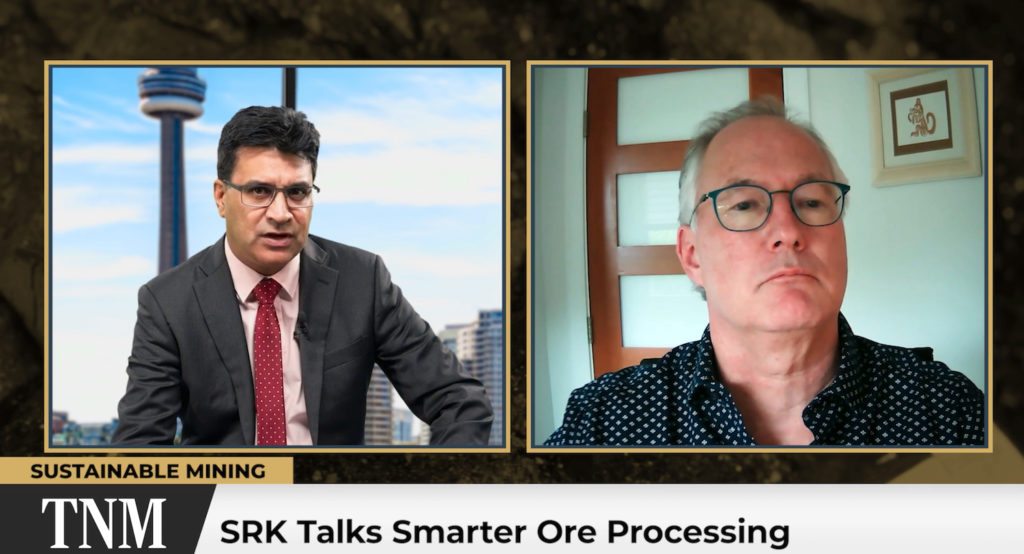
Mining companies around the world are under growing pressure to use resources more efficiently and reduce waste.
Every truckload of ore that doesn’t end up as tailings means less impact on the environment, lower costs and better…